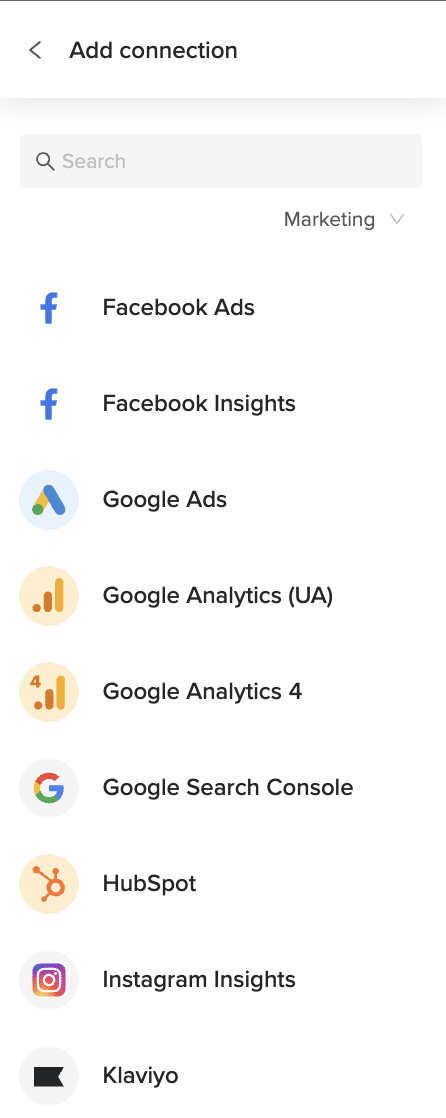Salesforce matrix reports can’t perform the complex calculations needed for month-over-month churn rate analysis. They simply can’t compare customer counts across different time periods or calculate percentage changes between matrix cells.
You’ll learn how to build dynamic month-over-month churn analysis using pivot tables and automated formulas that actually work.
Build dynamic churn matrices using Coefficient
SalesforceCoefficientSalesforcematrix reports hit a wall when you need sophisticated churn analysis.gives you the calculation power by moving yourdata into spreadsheets where complex formulas and pivot tables actually function.
How to make it work
Step 1. Import your Salesforce account and opportunity data.
Use Coefficient to pull both Account and Opportunity records into your spreadsheet. This gives you the complete dataset needed for comprehensive churn analysis across multiple time periods.
Step 2. Create dynamic pivot tables.
Build pivot tables with months as columns and churn metrics as values. Set up rows for customer segments or acquisition cohorts to get granular insights into churn patterns.
Step 3. Calculate month-over-month changes.
Use spreadsheet formulas to calculate percentage changes:. This shows you exactly how churn rates are trending over time.
Step 4. Apply automated formatting.
Set up conditional formatting to highlight churn rate increases and decreases. Red cells for rising churn, green for improvements – visual cues that make trends obvious at a glance.
Step 5. Schedule real-time updates.
Configure automatic refreshes to keep your matrix current as new data enters Salesforce. Your month-over-month analysis stays accurate without manual intervention.
Get the churn analysis Salesforce can’t deliver
Start buildingThis approach provides the flexibility and calculation power that Salesforce matrix reports simply cannot handle. You can track customer counts, revenue churn, and churn velocity all in one dynamic view.your automated churn matrix today.



